Customers gravitate towards credible, professional, and relatable brands. Fortunately, you can control your customers’ perceptions of your brand through custom company apparel.
Custom apparel is great for:
- Showcasing brand values to customers
- Improving customer experience
- Promoting professionalism and credibility
- Making your brand stand out from competitors
It also creates brand ambassadors out of your employees, acting as a cost-effective marketing channel for your business wherever your employees are.
Besides, custom apparel will increase employee morale and a sense of camaraderie, making them feel like they’re part of a team. You’ll need to be intentional about creating custom apparel that does the talking for your brand. There are a lot of decisions to make from the ideal cloth fabric choices to the best slogans.
Here are tips to help you design corporate apparel that effectively promotes your brand.
Choose Garments Your Employees are Happy With

Employee garments need to be practical, safe, and comfortable. If possible, seek input from employees on the ideal clothes for their day-to-day activities.
You can choose from t-shirts, beanies, sweatshirts, and even protective workwear, as long as it is practical for the specific roles your employees play.
When picking apparel for your employees, consider the following questions:
- Where will your employees be working? Indoors or outdoors?
- Does their line of work require reflective gear, such as helmets and hi-vis vests?
- Will they need different cloth types based on the season?
- Does the temperature your employees typically work under require a specific cloth type?
The answers to these questions will determine the kind of uniform to get, from apparel that provides warmth to one that makes them visible in dangerous work environments.
Pro Tip: Since we're known for printing vintage t-shirts, we can't overstate how much people love soft t-shirts. If you want a shirt to worn as often as possible, choose a shirt that is soft.
Select Designs That Speak to Your Customers
Having a firm understanding of your customers will take the guesswork out of designing your corporate apparel.
If you already have perfectly-defined buyer personas, use them to guide your design choices.
If you’re yet to define your buyer persona, then a bit of research will help get you started. You can either conduct quantitative research using surveys and data analytics or qualitative research by reviewing customer interviews and feedback.
Then ensure your customers’ beliefs, wants, challenges, and attitudes are reflected in your design.
For instance, if your customers are drawn to luxury items, focusing on purple as a primary color will do the trick, as long as it’s consistent with your brand colors.
Focus on the following aspects of your buyer persona when designing corporate apparel:
- Psychographic data: This includes your customer’s hobbies, interests, and attitudes. For instance, if your customers are interested in chess, using terms like ‘checkmate’ in your slogan will draw them to your corporate apparel.
- Geographic data: This is where your ideal customer lives and works. For instance, referencing a source of pride (sports team, dish, etc.) in your ideal customer’s location will make your corporate uniform relatable.
- Behavioral data: Where do your customers buy their products? What’s their price sensitivity? What agitates them? Talking about your return policy, mission, and vision in the corporate uniform’s slogan will address these questions and make customers more willing to buy from you.
Although subtle, the design choices that a comprehensive buyer persona leads to can set your business apart from your competition.
Pick Ideal Uniform Colors
Use your brand colors as the base for defining the colors of your corporate apparel.
Environmental factors also influence your color choices. For instance, if your employees are working in retail environments, choosing bright colors like orange will make them easy to spot by customers.

In work environments that call for a certain level of safety, bright-colored safety workwear is ideal. While, for in-office environments, dark shades like navy blue or black make employees look more professional.
If possible, dress senior staff members in slightly different colors from the rest. Letting managers and supervisors wear different colors will give junior employees an easy time spotting them.
Play Around With Color Psychology
You can also use color choices to portray your brand attitude. For example, the combination of red, white, and yellow will make your employees come off as excited and energetic. Whereas blue and green can portray employees as calm and gentle.
Here’s a table linking colors to different emotions:
| Color type | Brief description | Examples of colors |
| Happy colors | These are warm and bright colors that ooze optimism and happiness |
|
| Sad colors | These are dark and muted colors that work great for businesses that interact with customers during sad times |
|
| Energizing colors | These are colors that make people feel refreshed and great for grabbing attention or ensuring your employees stand out from the crowd |
|
| Calming colors | These are colors with a calming effect. The lesser the color combinations, the more calming your color choices will be |
|
Expert Tip: Relying on color psychology to induce the right emotions will improve how your customers feel about your brand. For consistency, stick to your brand colors. You can use some variation of these colors to achieve the emotional appeal you’re targeting.
Be Intentional With Your Logo Location
Your logo placement helps people identify your brand.
There are multiple logo placement options, including placing it on a pocket, sleeve, or trouser leg. The trick is to choose a location that’ll provide maximum visibility for your logo.
For instance, consider placing a large logo on the back of t-shirts meant for field employees. You can also add a small logo on the left breast of the t-shirt. For customer-facing and desk-based employees, placing the logo above the pocket of their shirt will be ideal.
Additionally, if your employees are working far away from customers, consider making your logo big enough to see. But for employees working face-to-face with customers, a small logo is ideal.
Another thing, the logo colors must stand out from the base apparel colors.
Be Intentional With Your Brand Messaging
Your corporate apparel represents prime real estate for featuring your brand messaging. There’s a lot that you can feature on your uniforms, but it needs to be as succinct and clear as possible.
Including a call-to-action is a no-brainer. You can urge customers to call a specific number or visit your website or store.
Complement your call-to-action with the right brand messaging. The messages you use need to reflect exactly what you’d love your customers or employees to know more than anything else. For instance, printing your value proposition onto your corporate apparel is a great decision if you are a new brand.
Here are a few ideas for brand messaging and when to use them.
Differentiators
If you’re in a highly competitive field, featuring your brand differentiation statement on your corporate apparel is the way to go. It helps customers learn why they should always choose you over the competition.
For instance, if you own a restaurant that offers gourmet Japanese dishes, this statement might be a great differentiator:
“Your tastiest source of Japanese gourmet dishes”
CSR Statement
If you’re printing out corporate apparel for a CSR campaign, you need to print a strong supporting statement onto it. This statement will help spread the word about your initiative.
For example, if your business is planting trees, this statement will help rally people around your cause:
“Healing the world one tree at a time”
Company Culture Statement
For corporate apparel that employees will only use internally, you can print statements that represent your company's culture. This will act as a constant reminder of the culture you’re building for employees.
For instance, if you’re focused on building a safety-centric culture, this statement will keep employees on their toes:
“Never give safety a day off”
Let Your Corporate Apparel Speak for Your Brand
From apparel colors to slogans, every design decision needs to spread your brand message and make you stand out. Use the tips above to pick corporate apparel that’s in line with your corporate branding.
If you’re looking to design or buy company apparel, contact Jupmode today. We provide brands with apparel that’s great for corporate branding.
Share on Facebook:








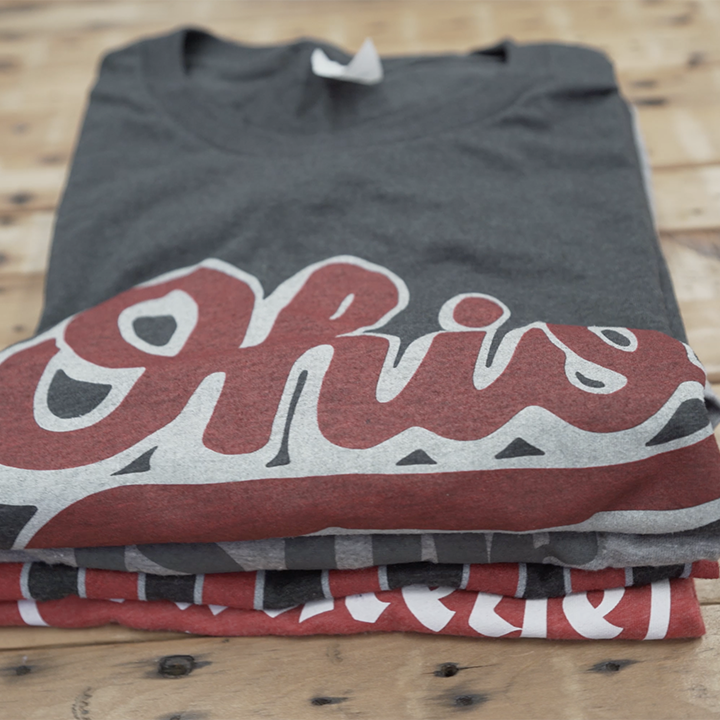

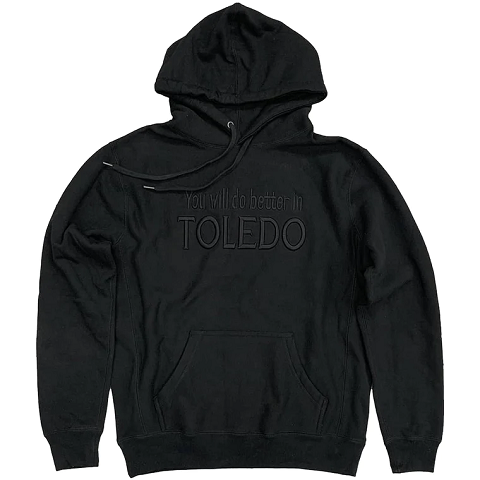
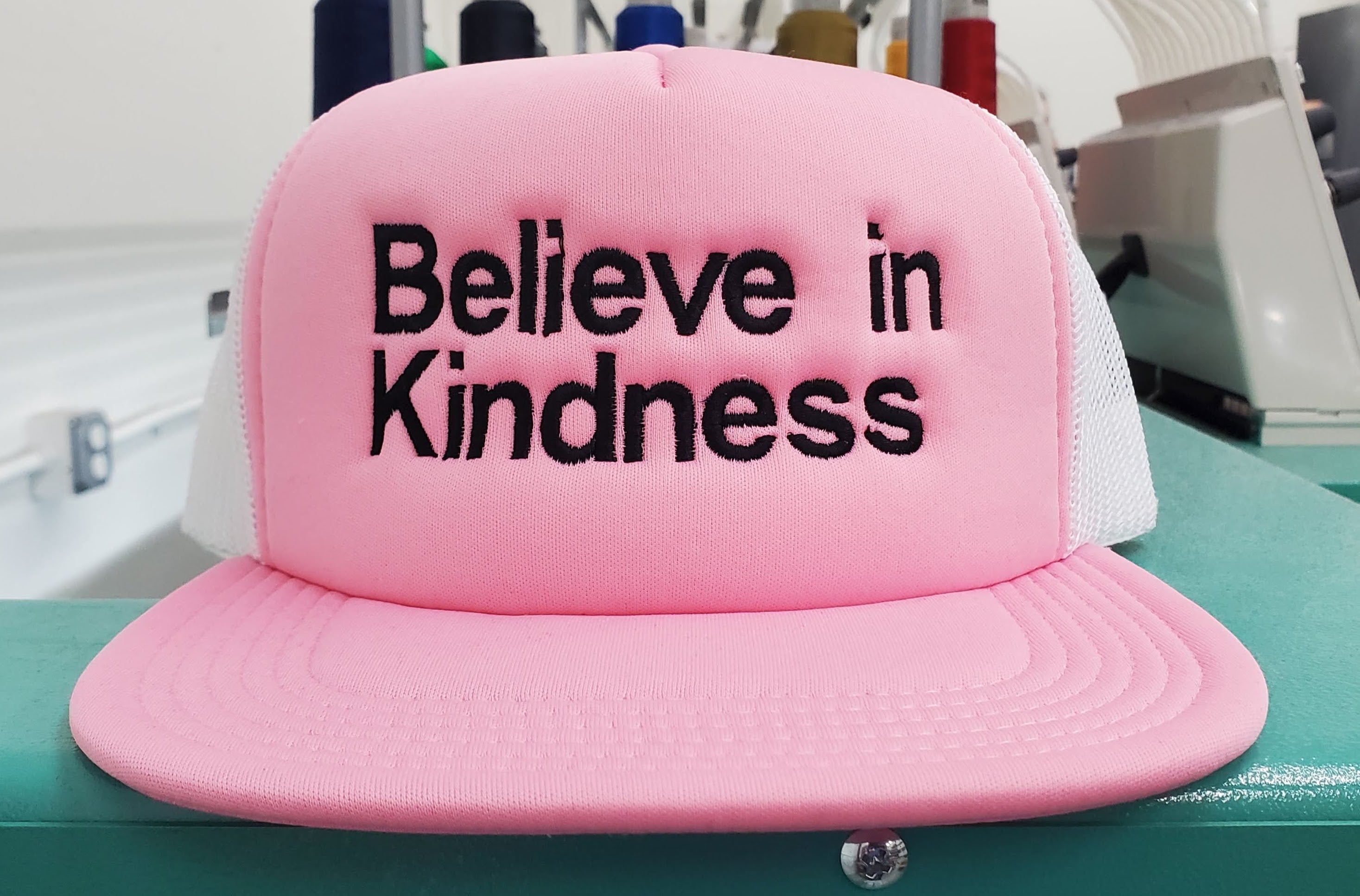
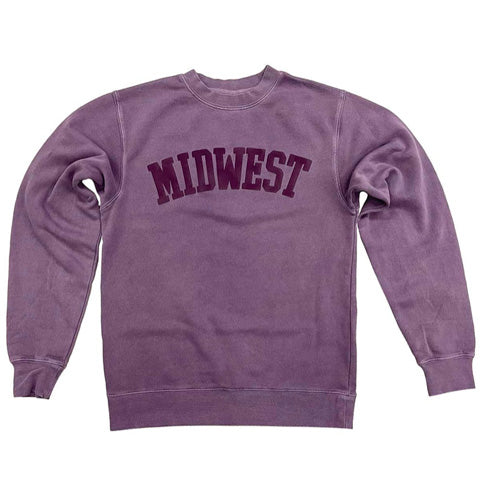
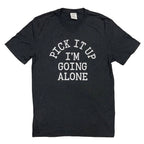
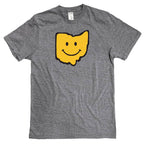
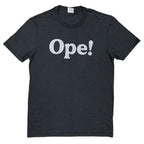
Comments
Write a comment